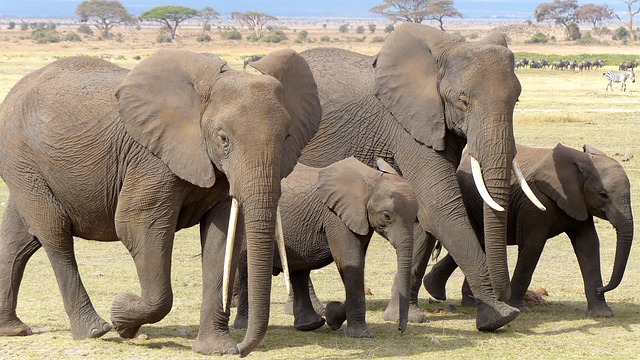Elephants are known for their size, distinctive physical features, and complex social structures. Elephant herds are tight-knit family groups that are highly social and organized. In this article, we’ll explore the social dynamics of elephant herds, from the size of the herds to the relationships within them.
Structure and Size of Elephant Herds
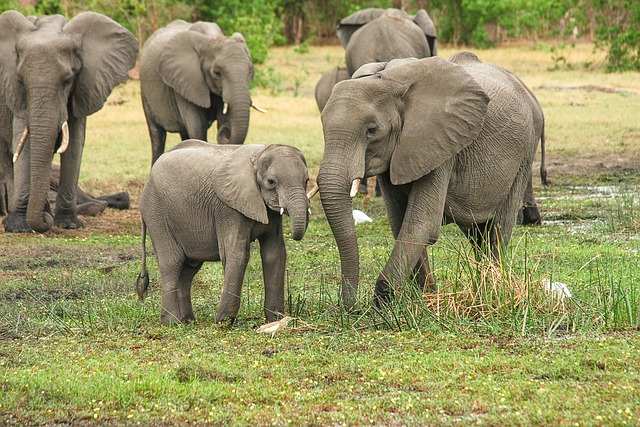
Elephant herds are typically led by a matriarch, a female elephant who has earned the respect and trust of the other members of the group. The size of a herd can vary, but typically consists of several adult females, their offspring, and occasionally a few adult males. Habitat and food availability can influence the size and structure of the herd. We’ll delve into the intricacies of herd structure and how it varies depending on these factors.
Communication and Language
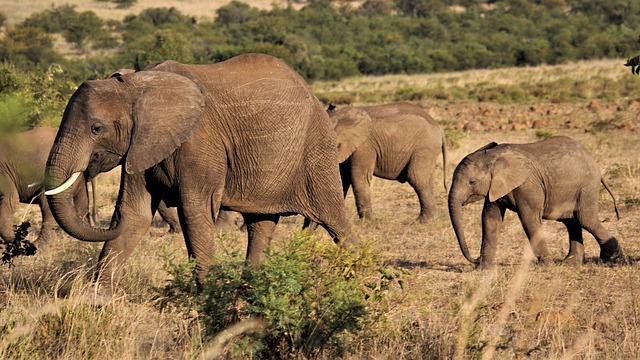
Elephants use a complex system of communication that involves vocalizations, body language, and infrasonic sound waves that are inaudible to humans. They use this language to communicate with each other and coordinate activities such as foraging and defense. We’ll explore the fascinating science behind elephant communication and how it helps to reinforce social bonds within the herd.
Relationships within Elephant Herds
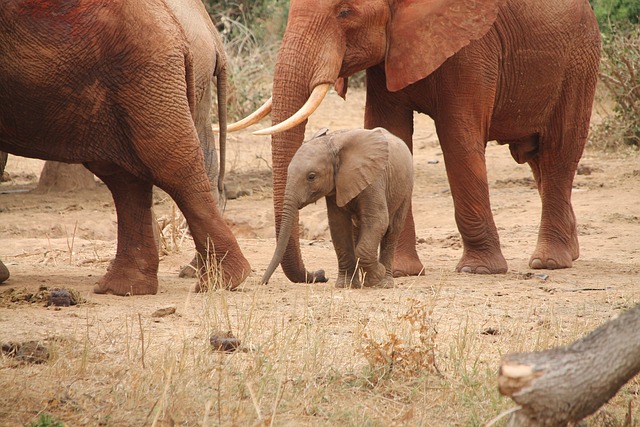
Elephants are highly social animals, and the relationships within the herd are complex and multifaceted. For example, young elephants often form close bonds with their mothers and other female relatives, while adult males may form alliances with each other for protection and mating opportunities. We’ll examine the different types of relationships that exist within the herd and how they contribute to the social structure of the group.
Reproduction and Family Dynamics
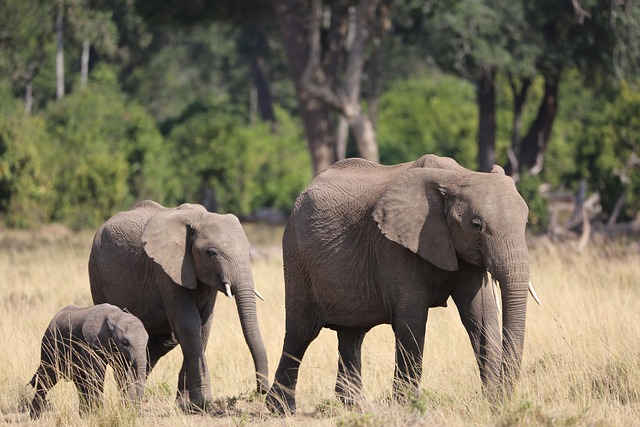
Reproduction is a critical component of elephant herd dynamics, with females typically giving birth to a single calf every two to four years. The bond between a mother and her calf is incredibly strong, with the mother providing nourishment, protection, and guidance for her offspring. We’ll explore the fascinating world of elephant reproduction and family dynamics, including the role of male elephants in the mating process and the challenges faced by young elephants as they grow up.
Threats and Conservation
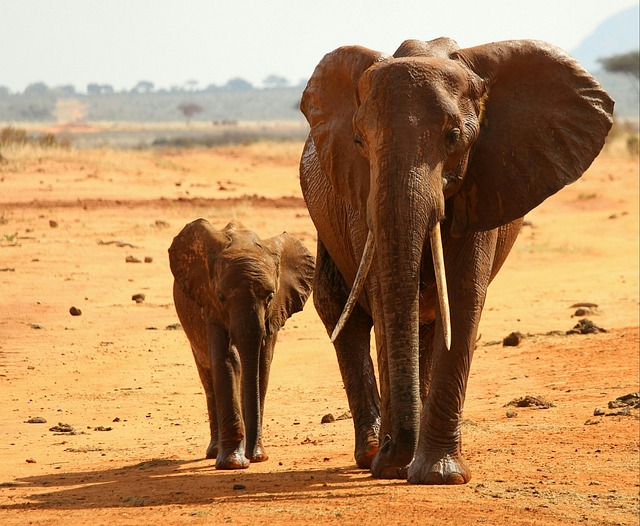
Elephants are facing numerous threats in the wild, including habitat loss, poaching, and human-wildlife conflict. These threats have a significant impact on elephant populations, and we’ll discuss the measures being taken to protect these magnificent animals. Anti-poaching patrols, conservation initiatives, and educational programs are just some of the ways in which people are working to conserve these beautiful creatures.
Conclusion
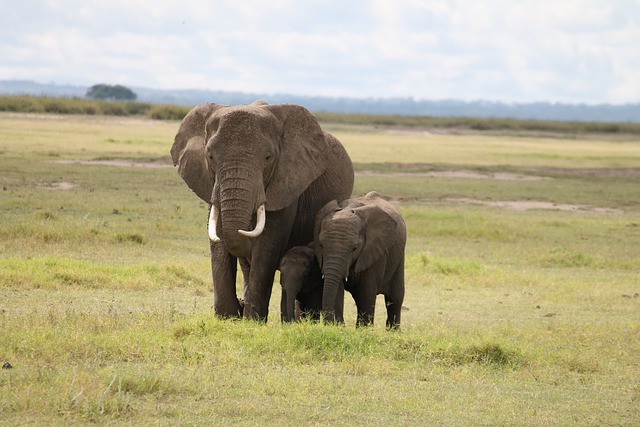
The social structures of elephant herds are complex and fascinating, reflecting the intricate relationships that exist between these intelligent and highly social animals. Understanding these dynamics is not only interesting but also critical to the conservation of elephant populations in the wild. As we continue to learn more about elephants, we can work to protect them and ensure that they continue to thrive in their natural habitats.

